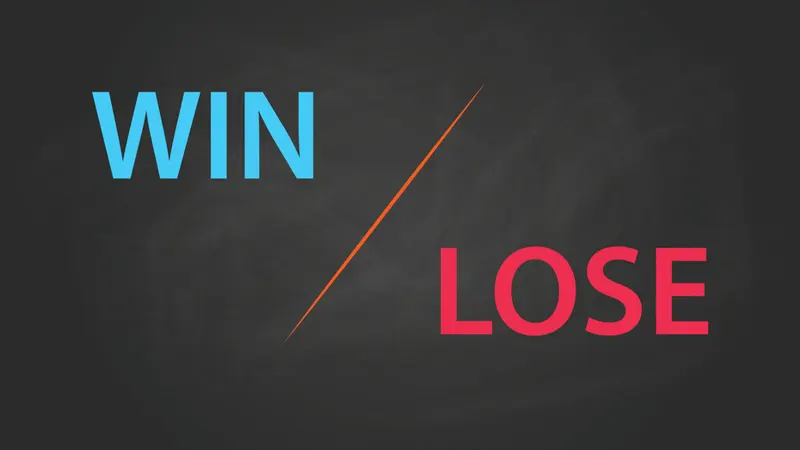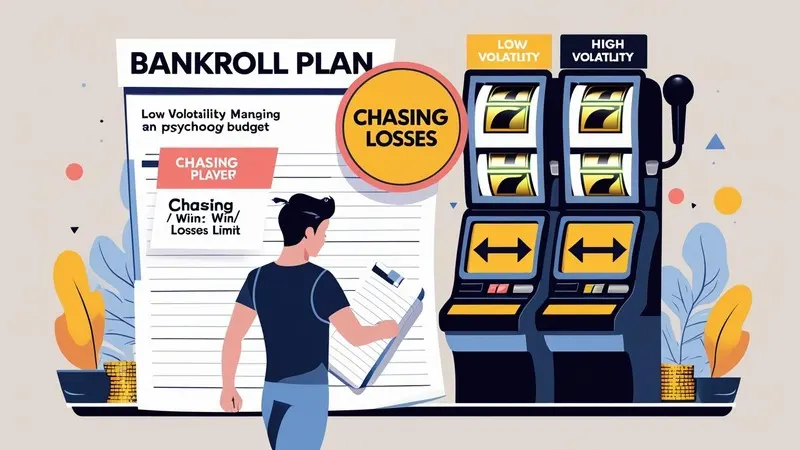Every seasoned gambler has witnessed the same tragic pattern countless times: a player wins big early in the session, gets excited, and continues playing until they’ve lost everything. Conversely, when losing, they desperately chase their losses, digging themselves deeper into debt. This cycle destroys even the most promising winning streaks and leaves players wondering how veteran gamblers manage to survive and maintain stable bankrolls over years of play.
The answer lies not in superior prediction skills or lucky streaks, but in one fundamental principle that separates amateurs from professionals: the disciplined establishment of win and loss limits. This isn’t just a suggestion—it’s a survival mechanism that determines whether you’ll be playing next month or watching from the sidelines, broke and bitter. Today, we’ll explore how to set reasonable limits, understand why they work, and apply them practically when playing at 91 Club, ensuring your gambling remains fun but not addictive.
Understanding Win and Loss Limits
Win limits, also known as stop-win points, represent the profit target you set for each gaming session. When you reach this predetermined amount of winnings, you immediately stop playing and lock in your profits. This might seem counterintuitive when you’re on a hot streak, but it’s precisely during these moments that discipline matters most. The casino’s edge doesn’t disappear just because you’ve been lucky, and regression to the mean is always lurking around the corner.

Loss limits, or stop-loss points, function as your financial safety net. This is the maximum amount you’re willing to lose in a single session before walking away. Unlike win limits, which preserve profits, loss limits preserve your remaining bankroll and prevent catastrophic losses that could end your gambling career. The key is treating this limit as absolutely sacred—there are no exceptions, no “just one more hand,” and no attempts to recover losses by exceeding your predetermined boundary.
The psychological importance of these limits cannot be overstated. They serve as circuit breakers for your emotions, preventing wins from making you overconfident and losses from making you desperate. Without these guardrails, even the most rational players find themselves caught in emotional decision-making that inevitably leads to poor outcomes.
Benefits of Setting Limits
The primary advantage of establishing win and loss limits is profit preservation. When you hit your win target and stop playing, you guarantee that you’ll leave the session ahead, regardless of what might have happened if you continued. This approach acknowledges a fundamental truth: you can’t predict when a winning streak will end, but you can control when you choose to end it yourself.
Psychological stability represents another crucial benefit. Having clear boundaries eliminates the constant internal debate about whether to continue playing. Your decision is already made before emotions get involved, allowing you to maintain the clear thinking that led to your success in the first place. This stability extends beyond individual sessions, creating a sustainable approach to gambling that prevents the devastating mood swings associated with uncontrolled play.

From a bankroll management perspective, limits force you to treat each session as part of a larger strategy rather than an isolated event. When you divide your total bankroll into smaller portions with specific targets for each session, you create multiple opportunities for success while limiting the damage from any single bad session. This approach is how professional gamblers maintain their careers over decades rather than months.
Perhaps most importantly, setting limits dramatically extends your longevity as a player. Veteran gamblers aren’t successful because they’re better at predicting outcomes—they’re successful because they know when to stop. The house edge in casino games is mathematically inevitable over time, but by controlling your exposure and preserving your bankroll, you give yourself countless opportunities to catch favorable variance while never risking complete ruin.
How to Set Reasonable Limits
Establishing effective limits begins with honest assessment of your total bankroll and realistic goal-setting. For example, if you have $1,000 available for gambling, consider dividing this into five sessions of $200 each. For each session, you might set a win limit of $100 (50% profit) and a loss limit of $150 (75% of your session bankroll). These ratios ensure that successful sessions significantly outweigh unsuccessful ones in terms of financial impact.
The type of games you prefer should influence your limit structure. High-volatility games like dice games or slots require tighter limits because they can produce dramatic swings in short periods. More strategic games like poker or baccarat might allow for slightly more flexible limits, but the fundamental principle remains unchanged: you must have predetermined exit points regardless of the game’s nature.

Mental preparation proves just as important as the mathematical calculations. Before beginning any session, you must commit to your limits with the same seriousness you’d apply to any other important financial decision. Some players find it helpful to write their limits down or set phone alarms as additional reminders. The key is recognizing that these limits aren’t suggestions—they’re unbreakable rules that determine your long-term success.
When playing at 91 Club, take advantage of the platform’s user-friendly interface to monitor your progress throughout each session. The clear display of your current balance makes it easy to track whether you’re approaching your predetermined limits. Some players also find it helpful to review their betting history regularly, as this data can inform future limit-setting decisions and help identify patterns in their play.
Tips for Maintaining Discipline
Setting limits is a technical exercise, but maintaining them requires genuine mental fortitude. The most critical skill is separating your emotions from your decision-making process. Even if you’ve just lost a frustrating hand that you “should have won,” reaching your loss limit means the session is over, period. Emotional decision-making in these moments is precisely what destroys bankrolls and gambling careers.
Breaking your gaming sessions into shorter time periods can significantly improve your discipline. Playing for 20-30 minutes at a time with breaks in between allows you to reassess your emotional state and recommit to your limits with a clear head. These breaks also provide natural stopping points that make it easier to walk away when you’ve reached your targets.
Keeping detailed records of each session serves multiple purposes. Document not just your wins and losses, but also why each session ended—did you hit your win limit, reach your loss limit, or stop for another reason? This information helps you identify patterns in your behavior and reinforces the habit of respecting your predetermined boundaries. Over time, you’ll likely notice that your most profitable sessions are those where you stuck strictly to your limits.
The ultimate test of your limit-setting system is consistency. These boundaries only work if you follow them every single day, not just when you’re feeling rational and controlled. The measure of a professional gambler isn’t their performance on good days—it’s their discipline on the worst days when every instinct screams to continue playing.
The fundamental difference between amateur and professional gamblers isn’t luck, skill, or bankroll size—it’s the understanding that long-term success comes from not losing everything, not from winning everything. Setting and respecting win and loss limits transforms gambling from a potentially destructive activity into a controlled form of entertainment with manageable risks. These limits serve as your personal safety net, ensuring that no single session can derail your long-term goals or financial stability. Professional players have learned that the house edge makes consistent winning impossible over time, but proper bankroll management and disciplined exit strategies make consistent survival not only possible but probable.
The most successful gamblers are those who treat their limits like sacred boundaries, understanding that breaking these rules even once can undo months of careful play. Before you start your next session at 91 Club, take a moment to establish your win and loss limits based on your current bankroll and risk tolerance. Write them down, commit to them completely, and discover how this simple practice can transform your entire gambling experience from a potentially dangerous habit into a sustainable, enjoyable pastime that remains fun but not addictive.

